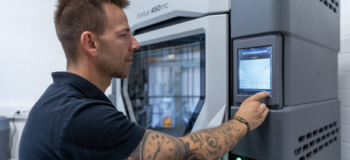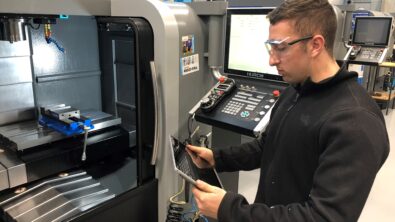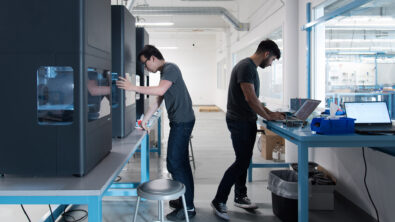Moving to digital workflows with paperless manufacturing
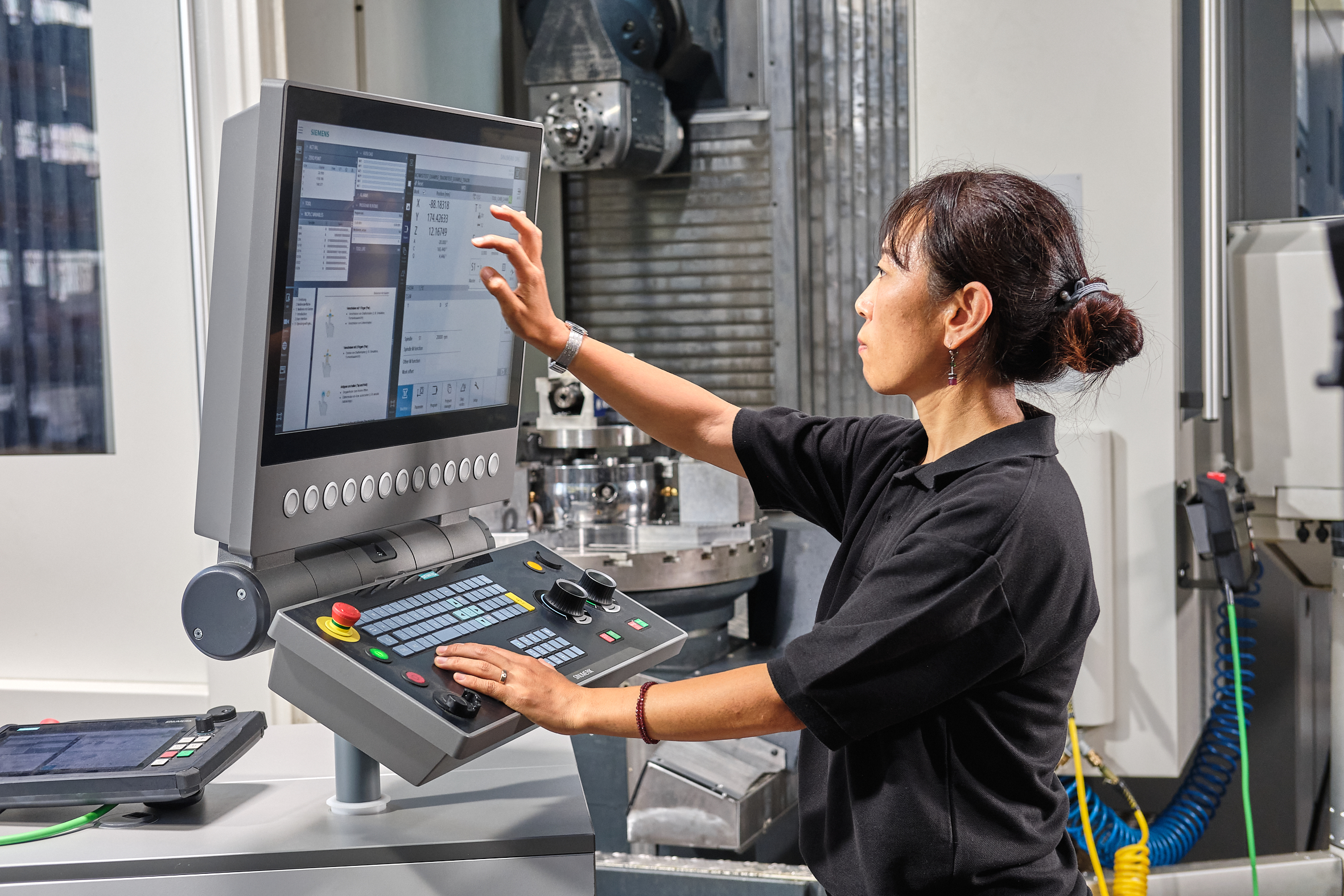
Having worked in the machine shop industry for almost 20 years, I’ve seen it all – the good, the bad, and the ugly. When things get ugly, we usually find a lack of communication, or miscommunication, as the main culprit. And the root cause is almost always related to paper.
The previous blog in this series addressed real-time visibility into job shop assignments. In this blog, we will take a deeper dive into another issue related to the paper chase, or inefficiencies in workflows and data integrity caused by paper-based processes. As we move towards paperless manufacturing for machine shops, we see many benefits.
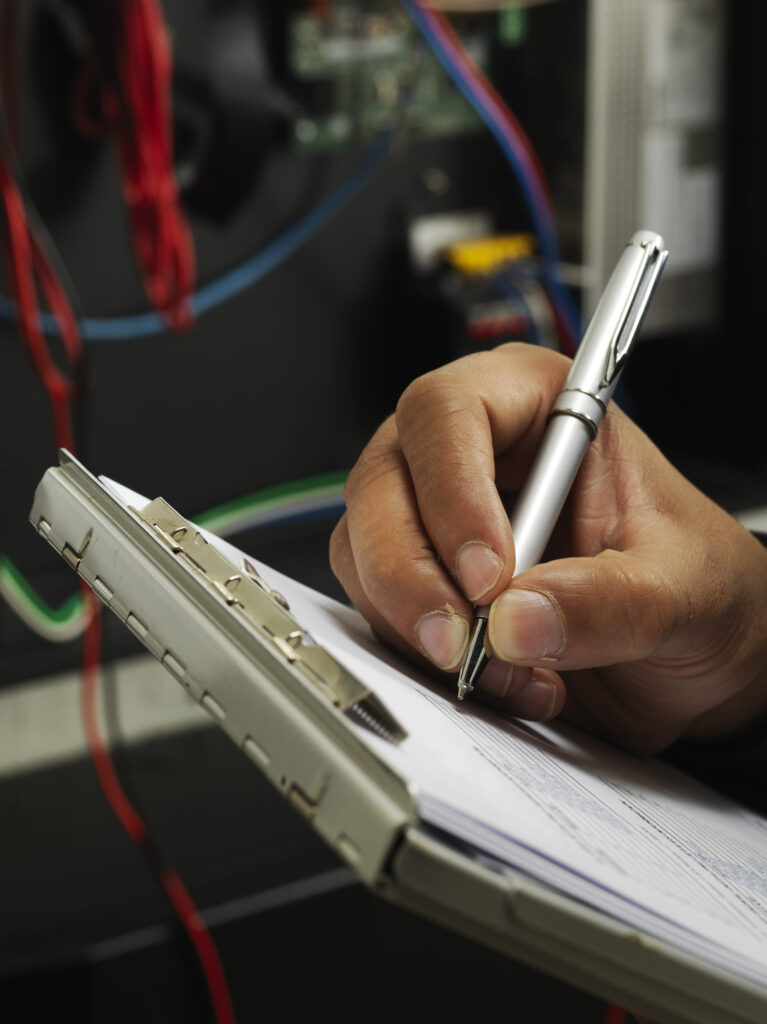
From the drafting table to CAD
We each owe our livelihoods to multiple people who poured their support into our lives and helped get us to where we are today. If I had to point to a single person in my own life that I believe had the biggest influence in my career path, it would be my high school drafting teacher, Mr. Archer. A strict disciplinarian, Mr. Archer tolerated no nonsense in his classroom yet was very effective in teaching the methods and standards of drafting. I’m talking about board drafting with tools such as pencils, a compass, triangles, circle templates, and others all used on pieces of paper.
This class was my Zen place where I would spend the last hour of my school day carefully drawing lines to the correct thickness and solving geometry problems in a more tangible way than just book theory. However, as much I loved this class, board drafting was becoming ancient history with the close of the century as CAD had already taken hold with a keyboard and mouse becoming the new tools of the draftsman. Don’t get me wrong, I loved learning CAD as well and certainly found it much more efficient than the old way, but my roots will always be at the drafting desk.
The digital chasm in the machine shop – new tools lead us to paperless manufacturing
Over two decades later, we have many more digital tools to help us make products, and not just CAD and CAM. Modern manufacturing requires an additional set of skills from new hires who need to be tech savvy as well as competent on the physical side of the trades. This begs a question: If we increasingly rely on digital tools to create parts and manage processes with, then why do so many job shops still rely on paper to store and pass job information? Modern digital tools should help us get to paperless manufacturing, just as CAD software did previously.
The problems with paper go beyond excessive material waste in the job shop environment. We recently conducted a series of interviews with shop owners to discover the challenges many face today. Paper job travelers were among the interesting topics discussed. As an example, if a customer makes a sudden design change in a job currently in process, which happens often enough, then the project manager is required to frantically hunt down every previous version of the blueprints on the shop floor to prevent the wrong part being made. If just one wrong print still exists and isn’t found in time, then a part can be scrapped at a loss to the shop as they must start over at their own expense.
Additionally, paper is highly corruptible in the hands of anyone on the shop floor, as these environments are typically messy places. Dirt, grease, industrial fluids, and other unclean materials can cause paper documents to become illegible quickly, to the point that replacements must be printed, perhaps multiple times, so that the processes can be finished correctly. This time loss is another waste.
Beyond the paper chase – completing the digital footprint for paperless manufacturing in the machine shop
What’s needed is a solution where all job documentation can be stored safely and be kept up to date instantly. A digital solution is required, but one that meets the real needs of the shop floor. They need those prints where and when they have them today. Digital solutions and paperless manufacturing can’t hinder that.
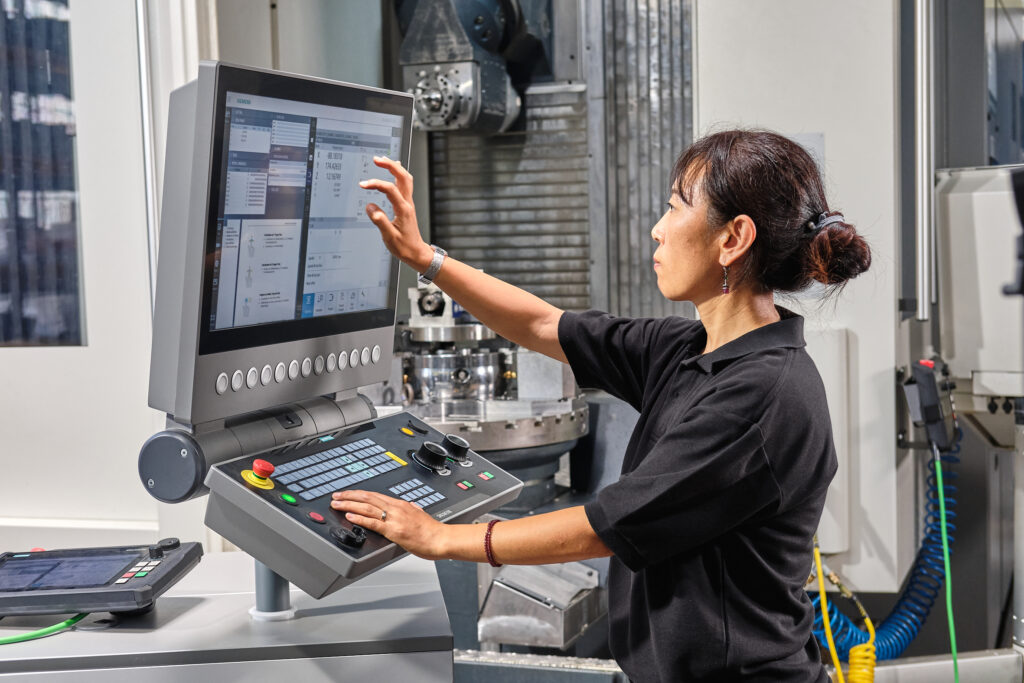
Which is where the digital documentation needs to be supported by digital workflows. The system needs embedded tools to allow read and write capabilities for these shop documents rather than requiring another set of segregated, unlinked applications. When changes are required, as we highlighted in the above example, all documents need to be updated instantly and simultaneously, along with verification that the change has been received. We start to connect the paperless manufacturing components for the machine shop.
So, how do we create that type of solution? By tailoring it specifically to the needs of the small- to medium- machine shop environment. Now, it’s easier than ever to stop the paper chase, and take bigger steps toward paperless manufacturing in the machine shop industry. Find out about Siemen’s solutions for today’s machine shops.
